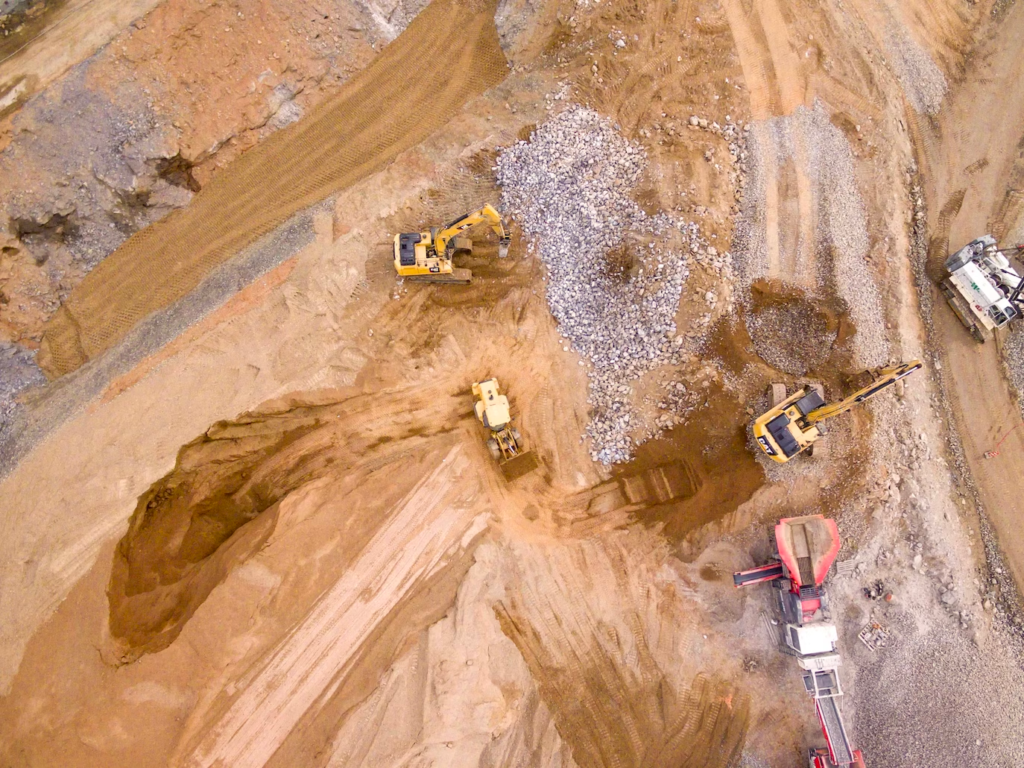How to Properly Maintain Your Skid Steer for Maximum Performance
Are you the proud owner of a skid steer? These versatile machines can handle all kinds of heavy-duty tasks, from digging and excavation to snow removal and landscaping. However, like any machinery, they require regular maintenance to keep them running smoothly and prevent breakdowns. In this blog post, we’ll go over everything you need to know about properly maintaining your skid steer for maximum performance. So grab your toolbox and let’s get started!
How to Clean Your Skid Steer
Keeping your skid steer clean is essential to its performance and longevity. Regular cleaning ensures that dirt, debris, and other contaminants don’t accumulate in critical areas of the machine. Here are some simple steps you can take to keep your skid steer looking great and working at maximum efficiency.
Firstly, start by removing any caked-on mud or debris with a pressure washer or hose. Use a mild soap solution if necessary but avoid harsh chemicals that could damage the machine’s paint or plastic components.
Next, use a soft-bristled brush to remove any remaining dirt from hard-to-reach areas such as undercarriages and wheels. Pay close attention to hydraulic lines, engine compartments, and cooling systems.
Once all visible dirt has been removed, give the entire machine one final rinse with clean water before wiping it down with a microfiber towel. This will help prevent water spots from forming on metal surfaces while also ensuring that no moisture remains inside hoses or connectors.
How to Replace the Hydraulic Fluid in Your Skid Steer
Replacing the hydraulic fluid in your skid steer is an essential task to keep your machine running smoothly. The hydraulic system powers many of the critical components of a skid steer, including the lift arms and bucket. Over time, the fluid can become contaminated with dirt, debris, or water, which can cause damage to these parts.
To replace the hydraulic fluid in your skid steer, start by locating the reservoir tank. Once you have found it, remove any debris around it before opening it up. You should also take this opportunity to clean out any built-up sediment that may have accumulated at the bottom of the tank.
Next, drain out all of the old hydraulic fluid from both tanks using a pump or gravity flow system. Be sure to collect and dispose of this hazardous material properly as per local regulations.
After draining all old fluids completely from both tanks refill them with new high-quality hydraulic oil recommended for use by your manufacturer.
Finally, check whether there are any leaks after refilling and cycle through all functions on each attachment ensuring they perform optimally without issue before continuing operations with confidence knowing full well you’ve done everything correctly!
How to Maintain Skid Steer Attachments
Properly maintaining your skid steer attachments is essential for ensuring optimal performance and longevity. Here are some tips to help you maintain your attachments:
First, inspect all skidsteer attachments before use. Check for any signs of wear or damage such as rust, cracks, or broken teeth on buckets. If there are issues with the attachments, repair them immediately.
Secondly, always clean your attachments after each use. Use a pressure washer to remove dirt and debris from the attachment surfaces and ensure that they are dry before storing them away.
Thirdly, lubricate all moving parts regularly to prevent rusting and seizing up during operation. Use appropriate grease or oil according to manufacturer guidelines.
Fourthly, make sure that any hydraulic hoses or connections attached to the equipment are free of leaks and properly connected.
Store your attachments in a clean and dry environment when not in use. Cover them with protective covers if possible to protect against dust buildup which can lead to corrosion over time.
Following these simple maintenance practices regularly will keep your skid steer attachments working at their best so you can tackle tough jobs with ease!

Maintaining your skid steer is crucial for its longevity and optimal performance. By following a proper maintenance schedule, cleaning the machine regularly, replacing hydraulic fluid when necessary, and maintaining attachments properly, you can ensure that your skid steer will be in top shape for years to come.
Regular maintenance not only saves you money in costly repairs but also increases safety on job sites. A well-maintained skid steer reduces downtime due to unexpected breakdowns which results in more productivity.
By taking care of your equipment as recommended by the manufacturer’s manual and consulting with qualified service personnel where needed, you’ll have peace of mind knowing that your investment is protected and functioning at maximum capacity.
So keep up with regular maintenance tasks and enjoy uninterrupted workdays with a fully operational skid steer!





